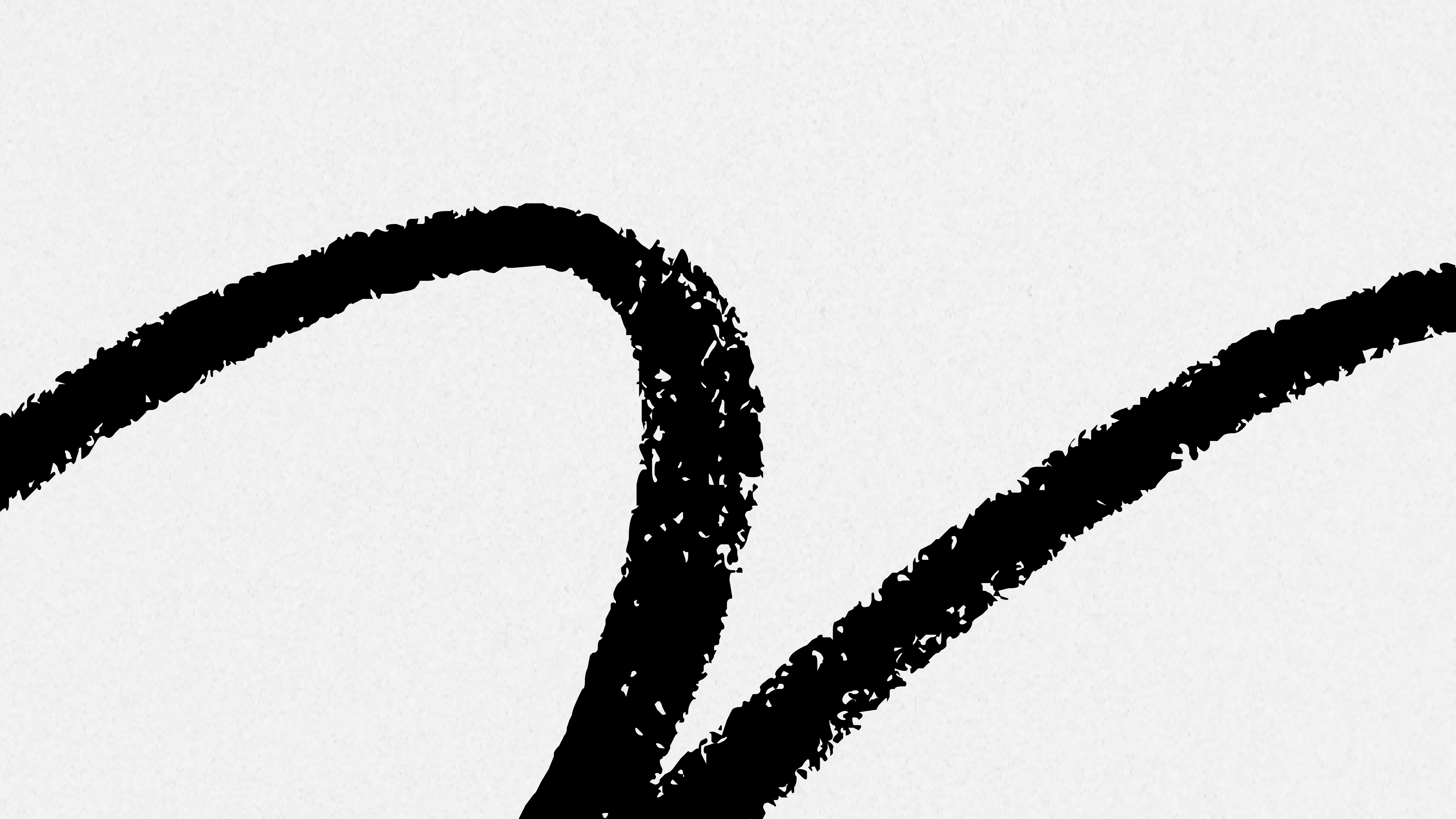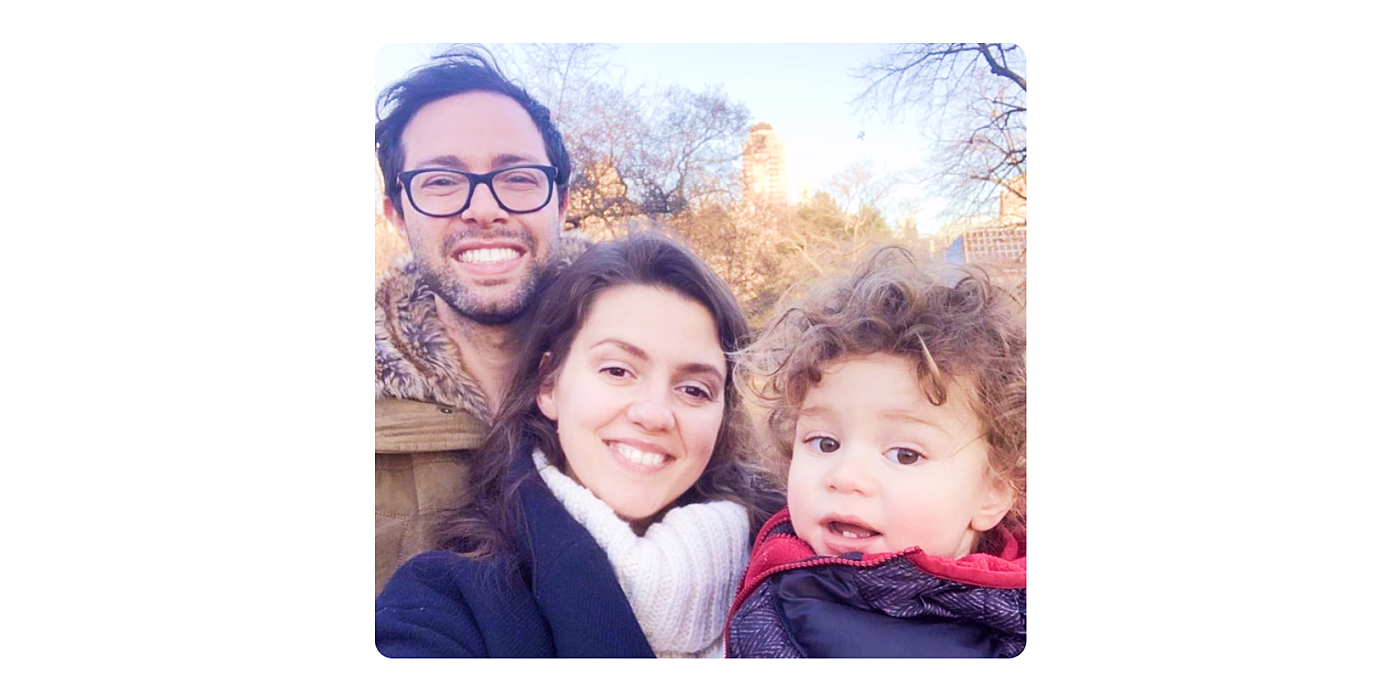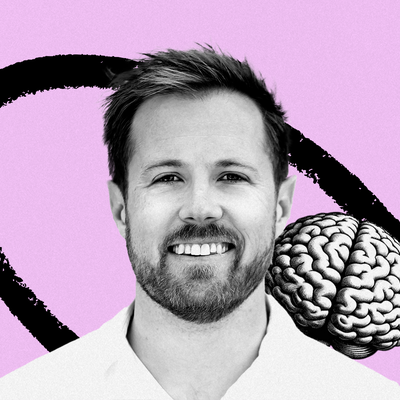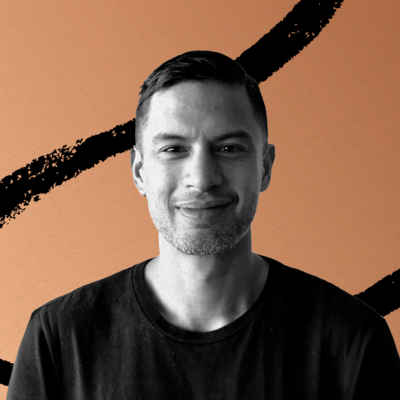
I’m Married to an Emergency Room Doctor in New York City
How fighting the pandemic has changed our lives forever
June 9, 2020
“Okay, I’m ready,” Alex says. My husband is wearing his green scrubs under a hospital-issued jacket with his name embroidered on the upper left side, over his heart: Dr. Alexander Fortenko, Emergency Medicine. My eyes catch on the red pressure ulcer that’s been slowly growing on the bridge of his nose.
He looks at me expectantly. He’s waiting for me to recite the incantation I do before each shift. “I love you,” I say. “Be safe. Stay away from sick people.” It’s our talisman — an impossible ask that I hope, against all rationality, will keep him safe. It worries me that he’s come to rely on it.
“I promise I will.” He blows me a kiss and is gone.
. . .
I walk into the hospital and head straight for the doctor’s offices and lockers. I sanitize my hands once I’ve opened the door, and then I take my goggles out of my backpack. These are reusable, and we only get one pair — typically, I clean and resanitize these every few patients, about five or six times in a twelve-hour shift. Then, I put my backpack away into my locker. I make sure I don’t touch anything else except what I absolutely must. While I’m still wearing a surgical mask — the same one I’ve worn from home — I walk into the ER.
The first thing I do is grab an n95 mask from the clerk, who usually keeps track of how many each person has gotten throughout the day. During the peak in New York a few weeks back, when supplies were scarce, the clerk would have a running tally of who’d received a mask, and when. I wash my hands and then I put my n95 on. I need to make sure it’s tightly sealed. It digs painfully into the pressure ulcer on my nose, and my eyes start to water. I practice taking a few breaths — air comes in strained gulps, like I’m sucking it through a straw. That’s good. It’s only safe when it’s difficult to breathe. I put a surgical mask on top, to preserve the n95, and then I clean my goggles again, and put them on. This is the last time I touch my face.
Now I begin cleaning my work station with bleach wipes, to avoid possible contamination from the person who has previously used it. It’s ritualistic and thorough — the same thing, every shift. The first thing I clean is the chair — the back of it, then the seat, then any handles. I move on to the desk — the top and underneath, too. Then my keyboard — between each letter and row. Then I turn it over and clean the back as well. I move on to the mouse, taking care to make sure I also clean the cord and the wheel. The phone is next. I clean again between the numbers and take special care with the receiver. Finally, I wipe down the monitor and any surrounding walls or partitions that I might touch incidentally while working.
I log in and start to review my patient load. Every patient is presumed COVID. A patient with appendicitis? COVID. Stroke? Also COVID. Leg pain? COVID. We’ve learned that every encounter is a potential exposure. So, despite New York being past peak, we can’t afford to be anything less than extremely vigilant.
Before I see my first patient, I wash my hands and put on a fresh pair of gloves. Then I put on a yellow disposable gown over my scrubs, and then a second pair of gloves, making sure that I catch the sleeve of the yellow gown into this second pair, so that my wrists are not exposed. I check my mask and goggles again to make sure they’re snug, and then I go into the room.
. . .
For the next twelve hours, I am home alone with our 21-month-old son, Ronan. I busy myself with my own work while Ronan is napping. When he wakes up, we play and read. I clean the apartment in fits and starts timed to waves of anxiety: I put the toys away, knowing they’ll be pulled out and abandoned again 10 minutes later. I am the Sisyphus of his toy basket. Then, I wipe down commonly touched surfaces, vacuum, and bleach the bathtub where Alex showers.
Around mid-afternoon, I begin dinner and try to make enough for a few meals — I’ve become proficient in lasagnas and stews, anything that reheats well. At 5 PM, I have my third coffee of the day and I put on some music for Ronan. I answer work emails while he dances. I’m engaged with him almost constantly, which makes it difficult to be anywhere but in the present. It’s a blessing that keeps me from worrying about Alex.
At 6:57 PM, our neighbor in the adjacent building exits onto his balcony with his saxophone and plays Take Me Out to the Ball Game, followed by God Bless America. He’s an older gentleman, probably in his early eighties, with a penchant for accessorizing with bright pink — usually a cap, sometimes a cozy-looking cardigan. Ronan bangs on our window and yells “Bavo!” gleefully — he still can’t pronounce his Rs. He’s acknowledged with a wave and a bow from the balcony.
At 7 PM, the cheering starts.
. . .
Once I’m in the room with a patient, I try to maintain a six foot distance. Depending on the situation, I’m usually alone. Sometimes, if the patient is critically ill, there may be a nurse or other staff, but for the most part we try to minimize how many people go in, to conserve PPE. I approach the patient to examine them — I listen to their lungs, I look at the back of their throat, I examine their abdomen for tenderness, and I also look at their legs. We tailor our routine exam for each individual complaint — but these days, the stories all sound similar. A standard history and exam takes about five to ten minutes.
When I’m done seeing the patient, I pull off my yellow gown and, with it, my top layer of gloves. I use the bottom set of gloves to open the door. I close the door shut (or pull the curtain, depending on where the patient is) and take off the remaining pair of gloves. Then, I head to the sink to wash my hands. If the patient was coughing or if I spent a lot of time in close proximity, I usually change the procedure mask and wipe down my goggles. Then, it’s on to the next patient.
Repeat. All day.
I’ve learned that the more I repeat an action or a routine, the better I become at carrying it out successfully and avoiding what we all fear right now, contamination.
It’s OCD-like behavior that I think everyone in the hospital has picked up, to a certain degree, from this pandemic. I don’t deviate from it, at all. I know it’s what keeps me safe.
Stay away from sick people.
She says it to be funny, I think. She knows it’s an impossible ask. But I’m not sure my wife realizes the weight on my shoulders — the responsibility I feel to stay safe. I haven’t hugged my family in over two months — anything to keep them from contracting a virus that could kill them.
The Only Subscription
You Need to
Stay at the
Edge of AI
The essential toolkit for those shaping the future
"This might be the best value you
can get from an AI subscription."
- Jay S.
Join 100,000+ leaders, builders, and innovators

Email address
Already have an account? Sign in
What is included in a subscription?
Daily insights from AI pioneers + early access to powerful AI tools











Comments
Don't have an account? Sign up!